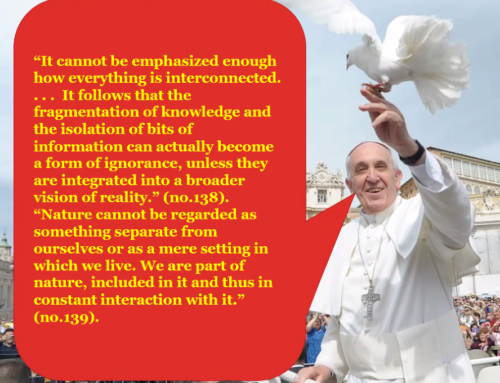Materialism, the doctrine that the entire cosmos and all living things can ultimately be reduced to mindless stuff, has many fundamental flaws. Here is one of them:
Even in the mindless, God-less, designer-less worldview of materialism, a mind is still present. Where is this mind? In the head of a scientific theorist who imagines that the intelligence and organizational ability of dead and dumb matter is much more creative than this matter could ever be on its own.
Let me provide a bit more detail.
At bottom, material scientists believe they can explain the entire universe using only matter and the laws of nature. The laws of nature are necessary to give order and regularity to the dust that would otherwise scatter in the wind. For example, the laws of gravity, chemistry, quantum theory, and nuclear fission are considered among those forces responsible for sculpting the large-scale structure of the cosmos, such as galaxies, stars, and planetary systems.
The laws of nature possess at least two noteworthy features: (1) they are engrained “rules to the game” of the universe and considered integral to the physical world; and (2) if these rules were changed even slightly, life would not be possible. This last point is the source of the anthropic principle, the notion that life constrains, or perhaps even dictates, the physical laws that make life possible.
All scientific theorists assume the laws of nature as given, as if this dead and dumb matter came off the assembly line nicely programmed with operating instructions, like tiny robots in some futuristic manufacturing plant. Material scientists appear more comfortable assuming the laws of nature than invoking some mysterious spirit or intelligence as the organizing force because it sounds more scientific, which is to say less supernatural.
But if we remove the “laws of nature” from the equation we have only mindless stuff, and under any story of creation this mindless stuff will never form into an ordered universe, or stay in place once it got there.
So we have this formula:
Matter minus the Laws of Nature equals Chaos
Scientists, unable to place mind out in the world due to their materialistic prejudices, resort to the only resource available to them: their own minds. Faced with a chaotic world of mindless matter, scientists use the creativity of the scientific imagination to create matter, organize it, and give it life.
Here are three examples of how the scientific mind resorts to the creative imagination when trying to explain how dead and dumb matter formed the world standing in front us.
Comella, P. (n.d.). A Mind is Always Present: Materialism’s Fatal Flaw [Blog post]. Retrieved from http://blog.apabooks.org/2015/08/12/what-is-human-systems-integration/

